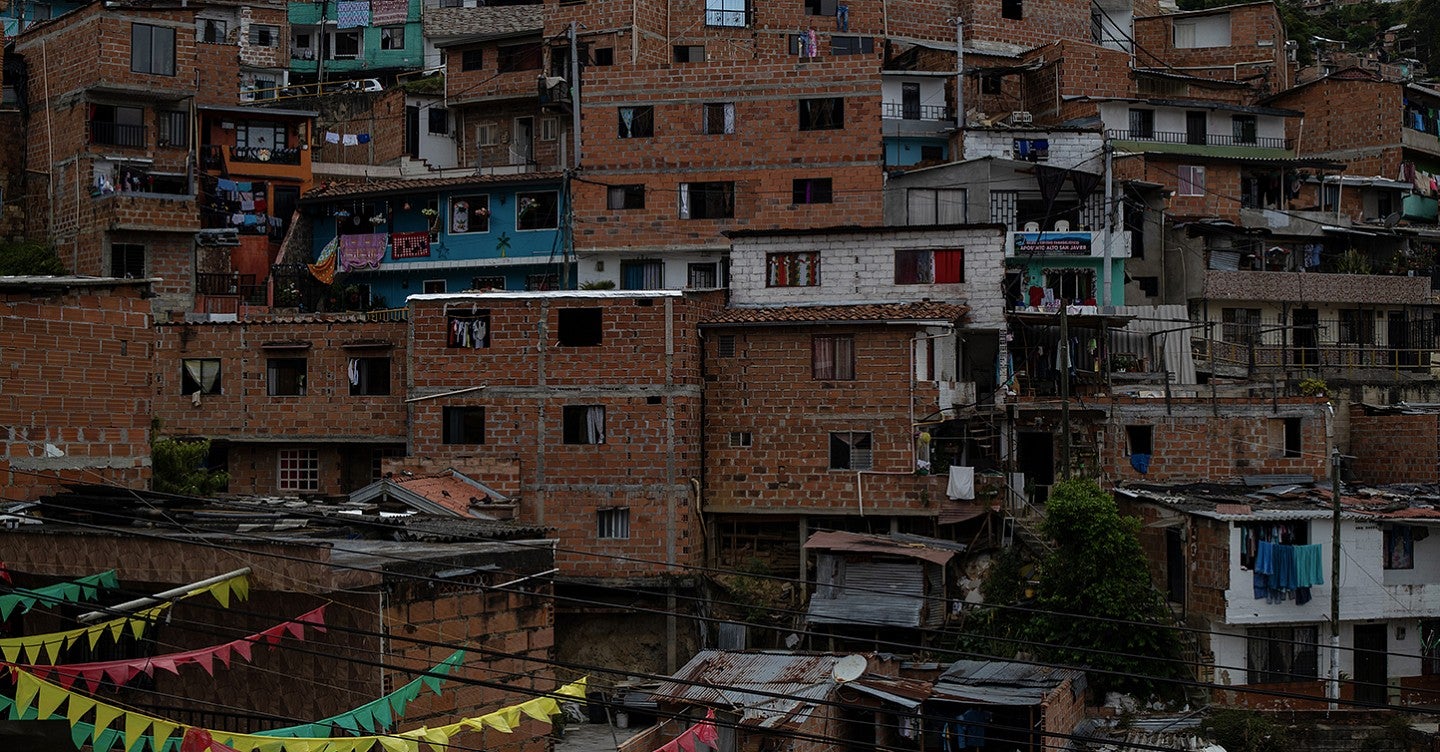
Finding the feeling of home
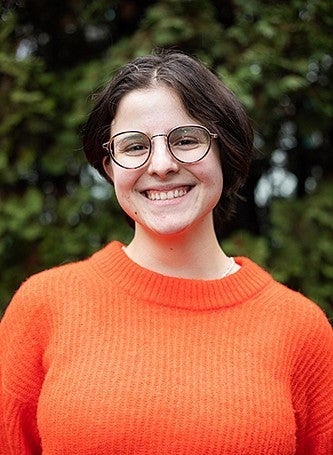
Sofia Rodriguez Baquero is a junior in the Clark Honors College, who is majoring in journalism and has minors in sustainable business and science communications. She is vice president of operations for Net Impact and works at UO’s Financial Wellness Center.
On a recent UO-sponsored journalism trip over the winter break to Colombia, I felt ready to launch into an interview with a man named Fredy. He was from Medellín and my friends and I were interviewing him to learn more about how he’s used hip-hop music to transform his home and educate his community.
Every interview starts with the basics: say and spell your name. I opened my mouth to speak before quickly realizing that I had no clue how to say “spell” in Spanish. I froze before someone else stepped in to help.
The rest of the interview went fine. It was my first time interviewing someone in Spanish and I stumbled through some of the questions, but Fredy understood me. My parents are native Spanish speakers and I thought they’d be horrified if they heard my accent.
I see Spanish as my mother tongue. Or at least the tongue of my mother. So even if I struggle to get the right words out sometimes, I feel at home when it’s spoken around me.
I took this trip to Colombia with a group of students from the School of Journalism and Communication. We interviewed musicians, dancers and community leaders around the country. For the next several months, we’re going to build a website with articles, videos and photo essays about the people and places we got to know.
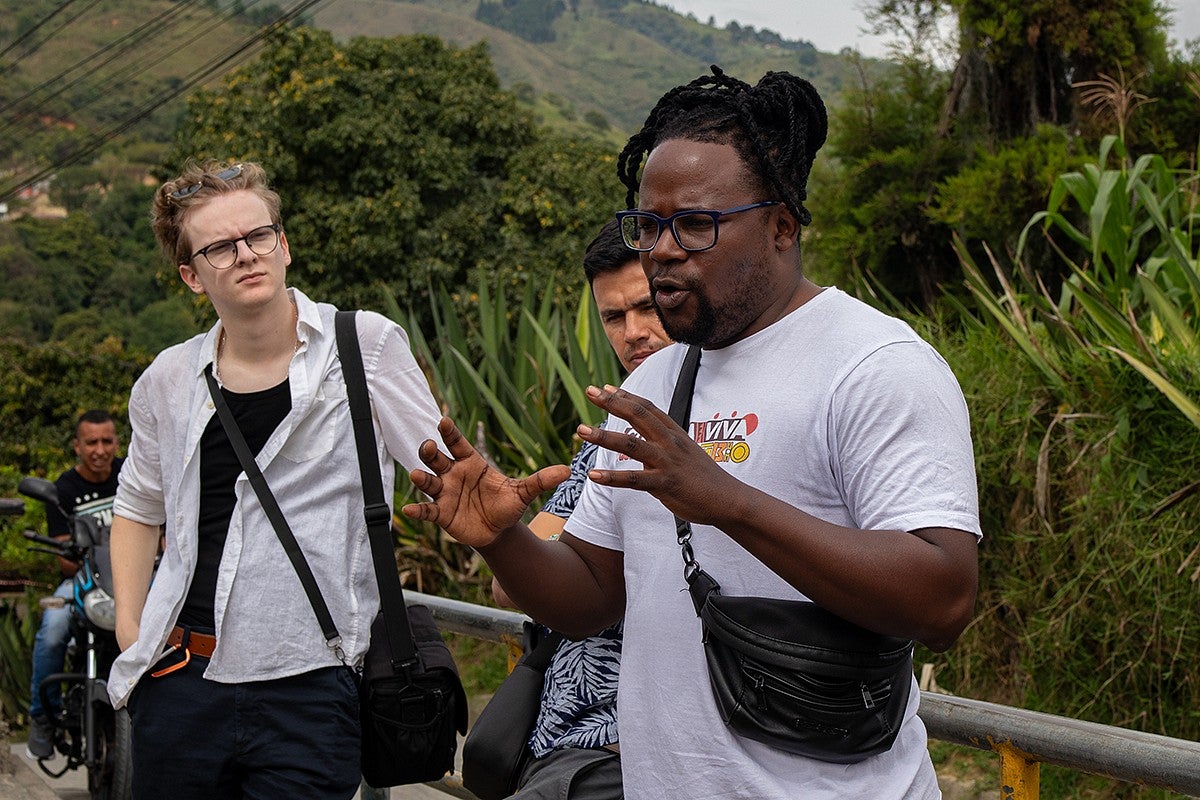
I went into the experience confident that it was going to be a great time and excited to visit a Latin American country. My parents were both born and raised in Puerto Rico, and I spent a lot of time as a kid visiting there. I’ve always wanted to learn more about the other cultures and cuisines in the Americas, too. Colombia, as it turns out, felt so familiar — like something I had observed from a distance growing up.
My parents left Puerto Rico when they went to college. Later, they raised me and my brothers in the San Francisco Bay Area. I learned early on that when they spoke to me in Spanish, it was OK for me to respond in English. Mom and Dad managed to keep us close to our culture and family in ways other than just the language.
Our holidays were spent with family, cooking and eating the foods they grew up with. We spent time during the summers at my grandparents’ house in Puerto Rico, seeing how Mom grew up. The art in our home and the music we played helped me understand my culture.
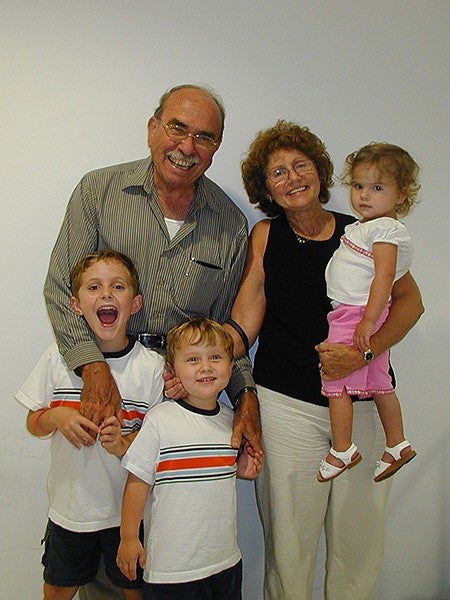
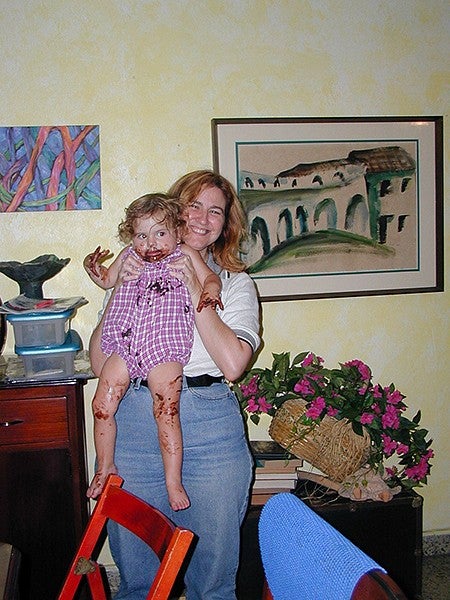
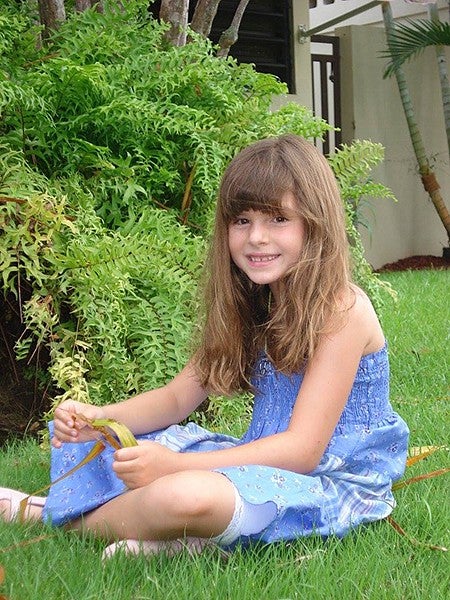
When I was little, I never questioned my identity. In fifth grade, I gave a presentation on Puerto Rico when all my classmates chose American states. I didn’t get into the complexities of the island’s status as a U.S. territory and commonwealth. But I played Ricky Martin, talked about the geography of the island, and showed pictures from my last visit.
As I grew older, the openness of my fifth-grade classroom drifted away. I was beginning to understand racism and I saw the way Americans treat immigrants. I hadn’t faced discrimination yet, at least not that I could understand then. The color of my skin had been a privilege. I took part in all the beautiful parts of my Latino culture without worrying how others may treat or value me.

In middle school, a classmate started calling me a “Puerto Rican bitch.” I think she just wanted to call me the derogatory word but thought that including my culture would make it sting more. When her words stopped bothering me, she then singled me out as the whitest person in our friend group. It stripped me of my Puerto Rican identity and replaced it with just my skin color. I don’t think she cared about my race or ethnicity; she wanted to make me feel small and it hurt.
In high school, I produced a video cooking a whole feast of Puerto Rican food and talked about my relationship with food and heritage. It was my first experience mixing my culture with the work I’m interested in. And I felt like maybe my story could be meaningful on its own. I realized that food is a powerful subject for conversations around experiences and identity. Earlier in high school, I had started my own food Instagram and used it to connect with old friends and strangers alike.

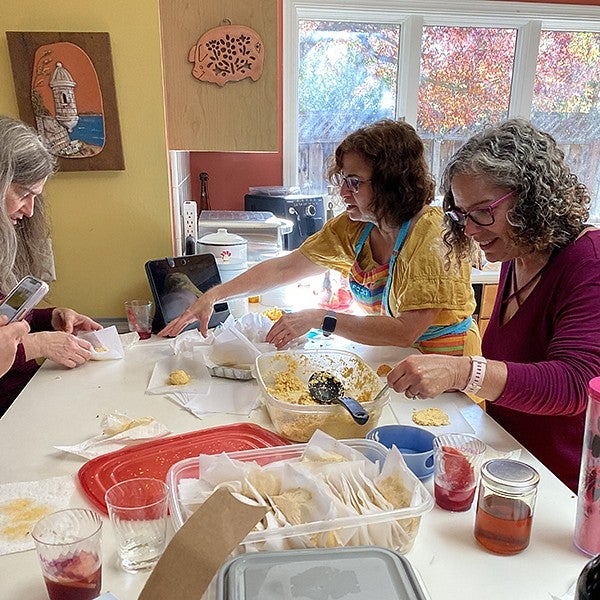
Now, I enjoy taking classes where the students’ experiences matter. In the Clark Honors College, I’ve gotten to hear about my peers’ relationships with food and what that has to do with geography. In the SOJC, I see what stories the people around me are eager to share. During our time in Colombia, my peers and I planned and plotted what we were looking forward to creating once we got home.
After a few days in Medellín, we headed to Cartagena, a city on the Caribbean coast. On the drive to the hostel, I sat on my own and stared out the window while everyone was chatting. The scenery reminded me of Old San Juan, with fortresses on one side and the ocean on another. The buildings were brightly colored with the same white trim and red tile roofs. If it weren’t for the countless Colombian flags around the city, I would have believed it was Puerto Rico.
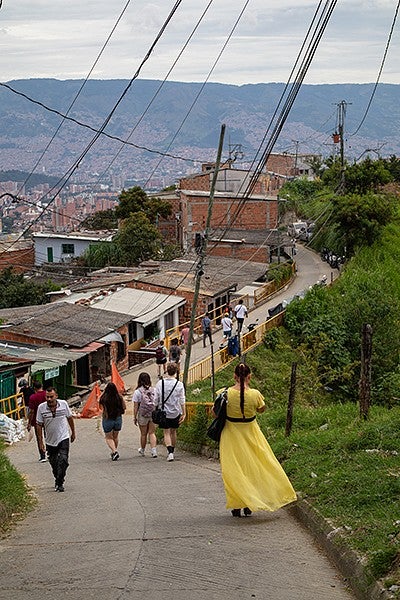
I thought I would be excited to see something so familiar. But it occurred to me that I’ve spent more time in Puerto Rico than I will for the rest of my life. Maybe the summers of my childhood are all the memories that I will have of the island.
My most recent visit was more than four years ago — my mom, brother and I helped my grandmother – we call her Buela – go through her home and prepare to sell it. I hadn’t been to Puerto Rico since I was eight and had forgotten about the daily thunderstorms in Bayamón, the local bakery, and the crystal clear water.
We spent hours that trip going through closets, seeing all the dresses Buela designed and sewed for my family and others. We spent a few days in Río Grande and El Yunque. Our mornings in Bayamón, mom’s hometown, were spent sitting outside with goodies from my childhood: quenepas, passion fruit, pan sobao, and mallorcas. We packed boxes, saw family, and dug through everything left in my grandparents’ home. My grandfather – Buelo – had a presence there in everything from explosives to stamp collections.
Now it seems that my time in Puerto Rico is out of reach. I don’t know when I’ll visit my parents’ home next, and that freaks me out. If that connection can’t be physical anymore, I need to be more certain about other ways I stay close to my roots.
“How did the similar indigenous, Spanish, and African influences create such different cultures in the Caribbean and the Americas? Just going on this trip, obviously, doesn’t answer that question – and I should probably be reading more books. But it makes it feel more important for me to continue learning. It makes it feel necessary to understand the history of where I come from (colonization and all) to appreciate these and other cultures even more.”

Back in Cartagena, Juliana, one of our Colombian guides, took a small group of us into the older part of town. I was shooting B-roll for a video and Juliana — originally from the city — told us more about the history and led us around early in the morning.
After a few hours of walking around, I was able to see clearly how different Cartagena really is from San Juan. That’s part of the reason I wanted to go on this trip; to experience other Latin American cultures firsthand and learn more about their histories. How did the similar indigenous, Spanish, and African influences create such different cultures in the Caribbean and the Americas?
Just going on this trip, obviously, doesn’t answer that question – and I should probably be reading more books. But it makes it feel more important for me to continue learning. It makes it feel necessary to understand the history of where I come from (colonization and all) to appreciate these and other cultures even more.
One day, we were in San Basilio de Palenque, and I got to speak with musician Emelia Reyes Salgado, also known as La Burgo. After interviewing her with a few of my peers and Juliana, we went to eat lunch that Emelia made for us.
It was a whole fried fish with rice, plantains and a delicious side of onions and tomatoes. I’m allergic to fish, so Emelia served me beans from a previous lunch. After she placed the food in front of me on a banana leaf, she wrapped her arms around me and gave me a “Palenque hug.”
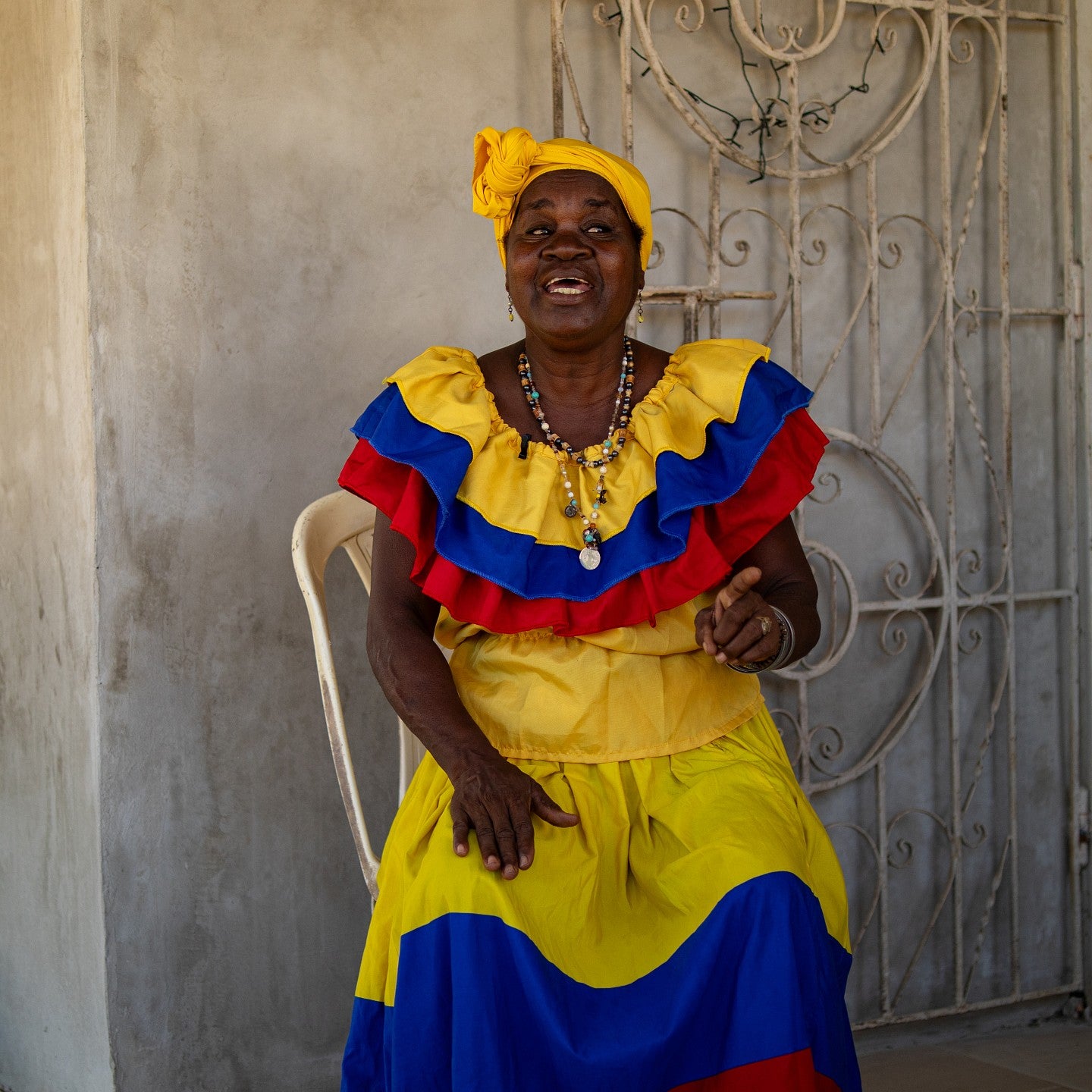
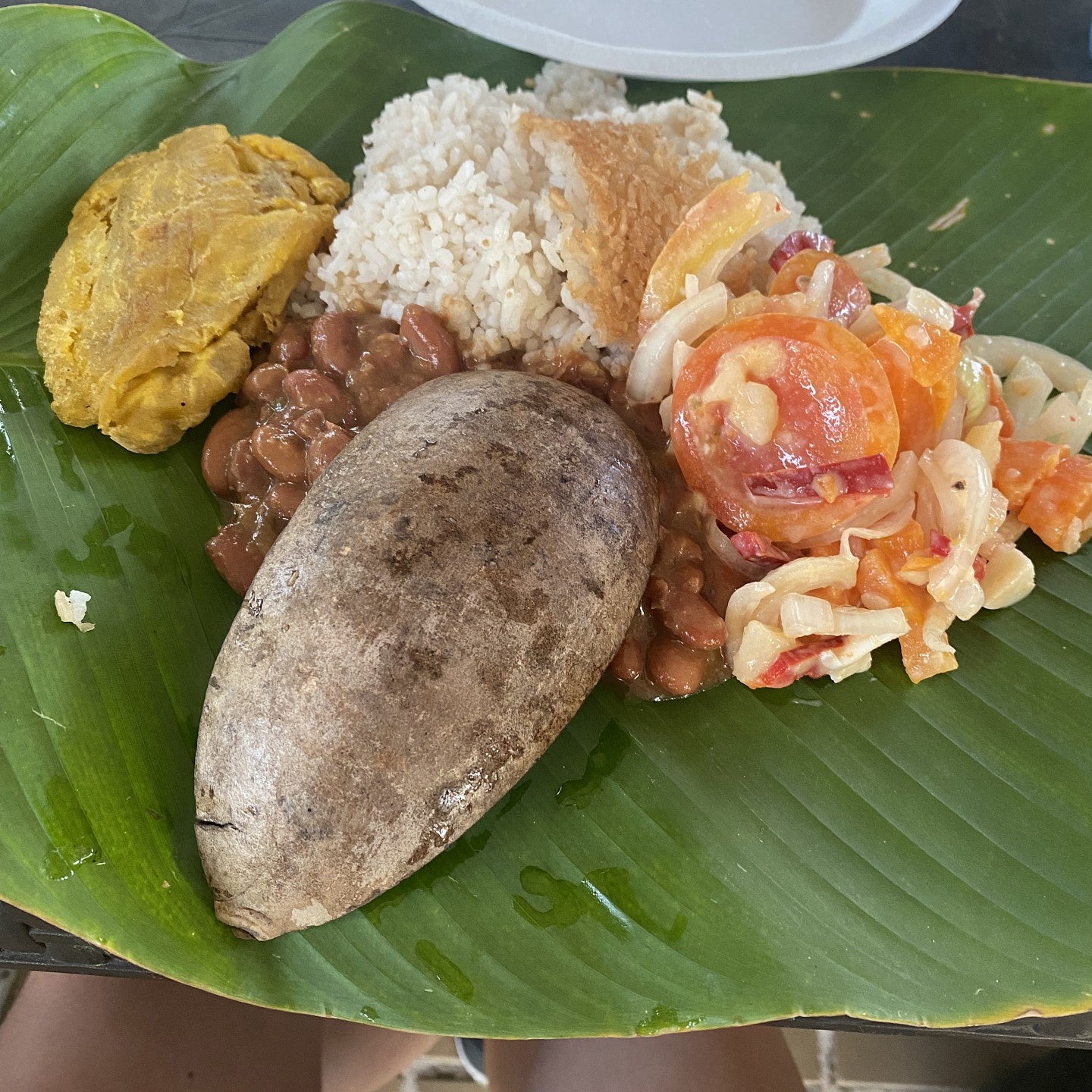
I don’t have many spiritual connections, but one I do have is with beans. Habichuelas? Frijoles? Whatever anyone wants to call them, beans are a special thing to me. They take so many forms. When cooked from dry, they are a labor of love. I felt right at home.
The definition of home has changed a lot for me in recent years. I’ll never set foot in my childhood home again, but at the same time my family is growing. Mom and I have spent the last three holiday seasons sharing our traditions and food with friends who are quick to become family. Sharing those customs that are so steeped in my family’s culture feels like sharing a little piece of me with the people I love.
I wish that I could define what it’s like to be me, to exist the way I do. Because being Puerto Rican is just one piece of it and that means something different to everyone with a connection to the island. All I know is that more experience and more education (especially the kind outside a classroom) will help me figure out what I’m meant to do and who I am.
Creating journalistic pieces about Colombia is an exciting first step, and I want to continue having meaningful conversations like those I had on the trip. I want to talk to more people and hear their stories. And maybe, if this journalism thing works out, I can have the privilege of sharing them.
